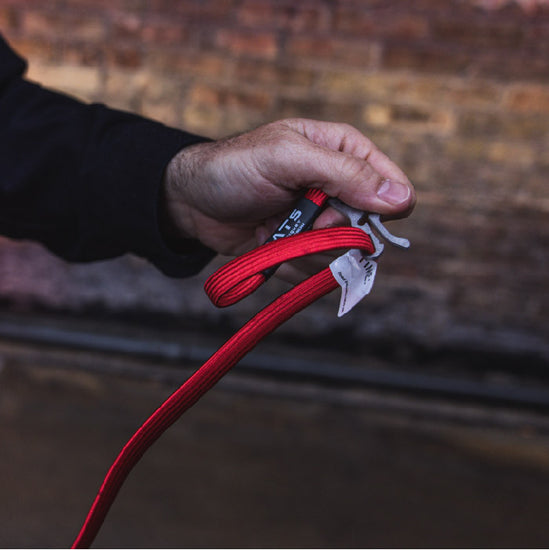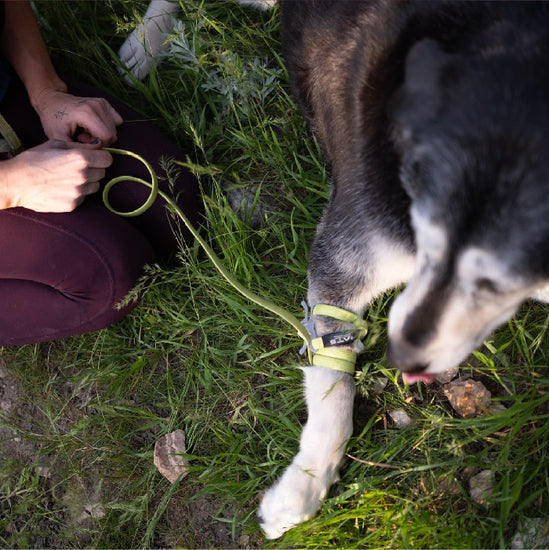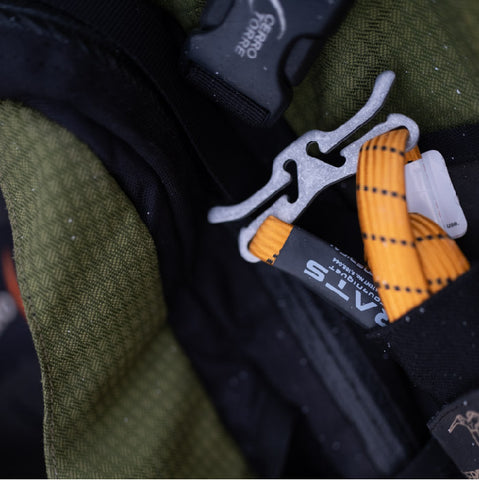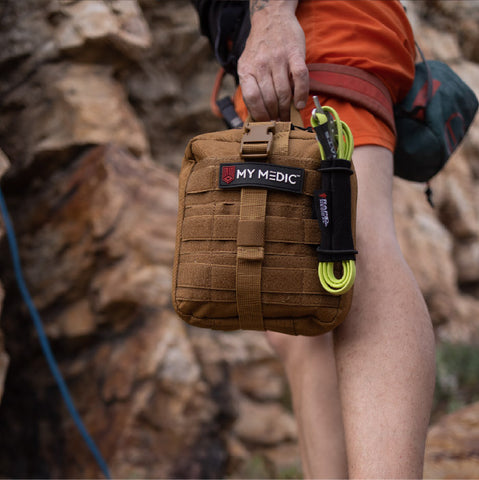While in Afghanistan for a US Army Special Forces tourniquet training, the inventor of the RATS TQ, Jeff Kirkham (retired Master Sergeant with the 19th SFG and former Special Agent with the Drug Enforcement Administration), became infatuated with the idea of creating a tourniquet that had a faster application and could be easily executed in the dark of night.
The Inception


“We struggled with the tourniquets issued since they were black, and our work was very night-biased. You know: we wore night-vision goggles, gloves, and dark uniforms. You had to feed some stuff through a little buckle, which was very difficult to use in the dark and, most importantly, under stress. When I rotated back to the states, I started training other military units. One group had very talented trauma medics in the Air Force pararescue, but I saw they were having the same problem as my Afghanis. I said, ‘Wow, this isn’t a training issue—this is a design issue.’
In what my wife likes to call a very expensive ego trip, I was like, ‘Well, I’m going to make something better.’ I started out trying to use a belt, but they make horrible tourniquets. You can’t get the pressure.
I was probably at prototype 10 or 12 when I was watching a TV show one night where a little girl was winding a rubber band around her finger. Her finger turned purple because it had cut off her blood flow. It was one of those epiphanic moments.
Most tourniquets are windlass-style tourniquets. You throw it over somebody’s arm, tie a knot in it, throw a stick in there, and twist. The stick gives you a mechanical advantage. My tourniquet, the Rapid Application Tourniquet or the RATS, is different. You take the looped end of the elastic material, wrap it around the limb, pass the running end through the loop, and pull it back on itself. It creates a trucker’s hitch, so you still have the mechanical advantage. Then you do three or four wraps and tie it off with the built-in metal cleat.”
As a result of Jeff’s efforts, we now have an amazingly portable and compact TQ that is also the fastest and most versatile (works on children and animals just as well as adults) on the market.
In a recent study published by the Mayo Clinic and Cambridge University Press ‘The Efficacy of Novel Commercial Tourniquet Designs for Extremity Hemorrhage Control,’ it was determined that RATS and CAT success rates for distal arterial flow cessation were the same. Read the study in its entirety






